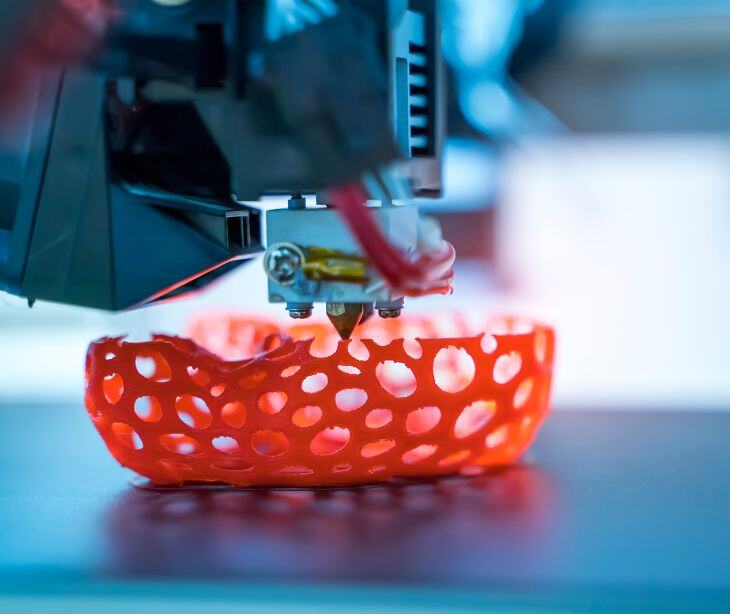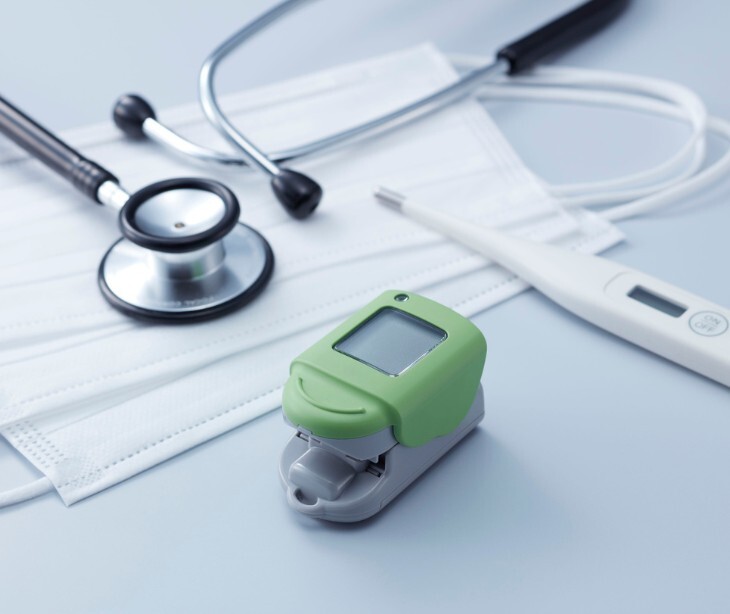2 min read
Cyber incident response playbook for medical product manufacturers
Farah Amod
Jan 10, 2025 5:53:25 PM
%20(10)-1.jpg)
Digital technology and manufactured equipment have transformed the medical manufacturing sector, streamlining production and enhancing efficiency. However, cyberattacks can disrupt operations, compromise product quality, and even lead to recalls. The ripple effects of these attacks extend beyond manufacturers, affecting patient care and public health.
According to the Health Sector Coordination Council (HSCC), common cyber threats in this field include ransomware, data breaches, and industrial espionage. Addressing these risks requires a proactive and well-prepared approach.
Understanding cyber incident response phases
The HSCC outlines the cyber incident response phases, stressing that cyber incident response extends beyond reactive measures taken during an incident. It includes a continuous cycle of preparedness, response, recovery, and post-incident analysis and improvement. Below is a summary of the main phases of the cyber incident response process, as described in the playbook:
- Preparation: Creating the cyber incident response plan and procedures, along with training and practice to ensure readiness for future phases.
- Detection, Investigation, and Analysis: Establishing procedures for alerting, detecting, escalating, and declaring incidents, as well as classifying, prioritizing, and investigating them.
- Containment: Activating the response team, initiating containment actions, documenting the incident, gathering and handling evidence, and fulfilling reporting requirements.
- Eradication: Developing solutions, assessing and mobilizing resources, coordinating with external responders, and executing a response plan to eliminate the threat.
- Recovery and Post-Incident Activity: Restoring systems to full operation, confirming mitigation effectiveness, and documenting lessons learned. These lessons feed back into the preparation phase, enhancing future incident response processes, including those for medical product manufacturers' cyber and enterprise risk management.
Building a strong defense
The HSCC’s Medical Product Manufacturer Cyber Incident Response Playbook (MPM CIRP) offers a framework for tackling cyber threats effectively. These strategies include:
Forming a skilled response team
An effective cyber incident response team combines diverse expertise. Members might include IT specialists, cybersecurity professionals, legal advisors, communication experts, and business continuity managers. Each role assists in minimizing the impact of an attack.
For instance:
- The incident response manager coordinates the overall effort.
- IT specialists identify and contain threats.
- Legal counsel ensures regulatory compliance.
- Communications experts manage messaging internally and externally.
- Regular training and simulated exercises help ensure the team remains ready to act.
Related: The 6 steps of incident response
Creating a detailed response plan
A clear incident response plan is fundamental for guiding your team during a crisis. It should outline:
- Steps to identify and classify incidents.
- Notification procedures for stakeholders.
- Strategies for containment and recovery.
The HHSC suggests the “plan should adapt to emerging threats and organizational changes. Regular reviews and updates keep it relevant and effective.”
Read more: Developing a HIPAA compliant incident response plan for data breaches
Detecting and responding to threats
Early detection
Quick action can reduce the damage caused by cyber incidents. Tools like network monitors and intrusion detection systems are invaluable for identifying risks. Clear protocols should guide your team in investigating alerts and prioritizing genuine threats over false positives.
Containing and resolving incidents
When a threat is detected, immediate action is fundamental. It may involve isolating affected systems, disabling compromised accounts, or blocking suspicious IPs. After containment, focus on eliminating the threat and addressing vulnerabilities to prevent recurrence.
See also: Responding to a cyberattack
Recovery and learning from incidents
After a cyber incident, the priority is restoring normal operations. This includes:
- Recovering data from secure backups.
- Reviewing the incident to identify any weaknesses in your response.
- Updating your response plan and providing targeted employee training to improve future preparedness.
FAQs
What should manufacturers do first when a cyberattack is suspected?
The first step is to activate the incident response plan, including notifying the cyber incident response team, isolating affected systems, and assessing the scope of the attack. Early containment can prevent further damage.
How can manufacturers balance cybersecurity with operational efficiency?
Cybersecurity measures should be integrated into daily operations without disrupting workflows. This can be achieved through automated threat detection tools, regular employee training, and streamlined incident response procedures that minimize downtime.
Are smaller medical manufacturers at lower risk of cyberattacks?
No. Cybercriminals often target smaller organizations due to perceived weaker defenses. All manufacturers, regardless of size, should prioritize cybersecurity to protect sensitive data and maintain operational continuity.




